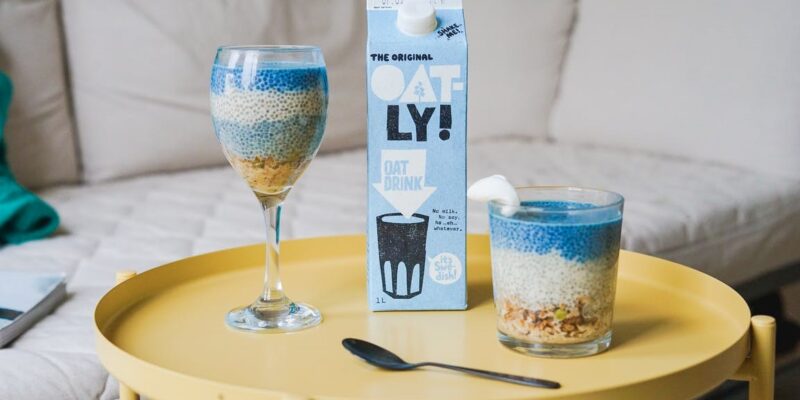Trademark case: Brooklyn Brewery Corp. v. Brooklyn Brew Shop LLC, USA
The Board erred by failing to consider whether the registered BROOKLYN BREW SHOP mark has acquired distinctiveness for beer-making kits. In an effort by the owners of the mark BROOKLYN BREWERY to cancel registration of the mark BROOKLYN BREW SHOP, the U.S. Court of Appeals for the Federal Circuit has held that the Trademark Trial…

